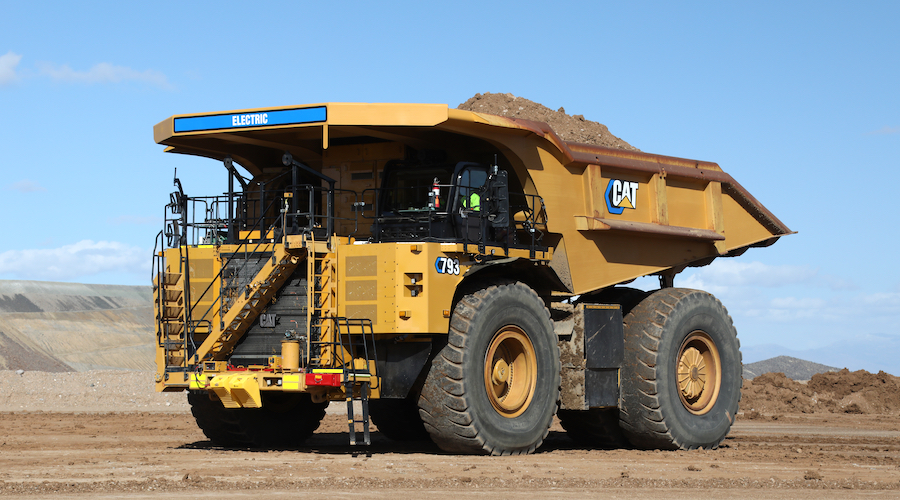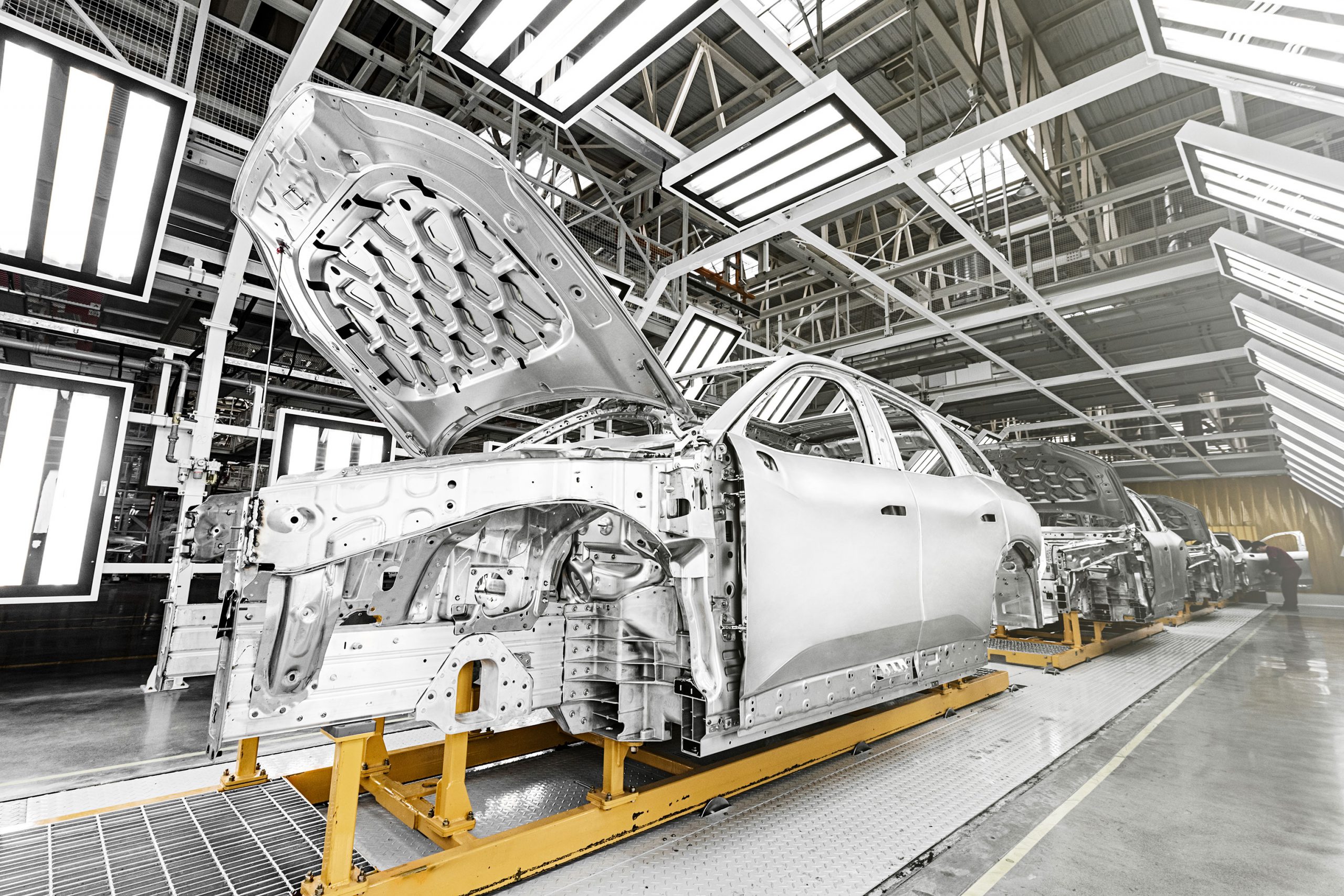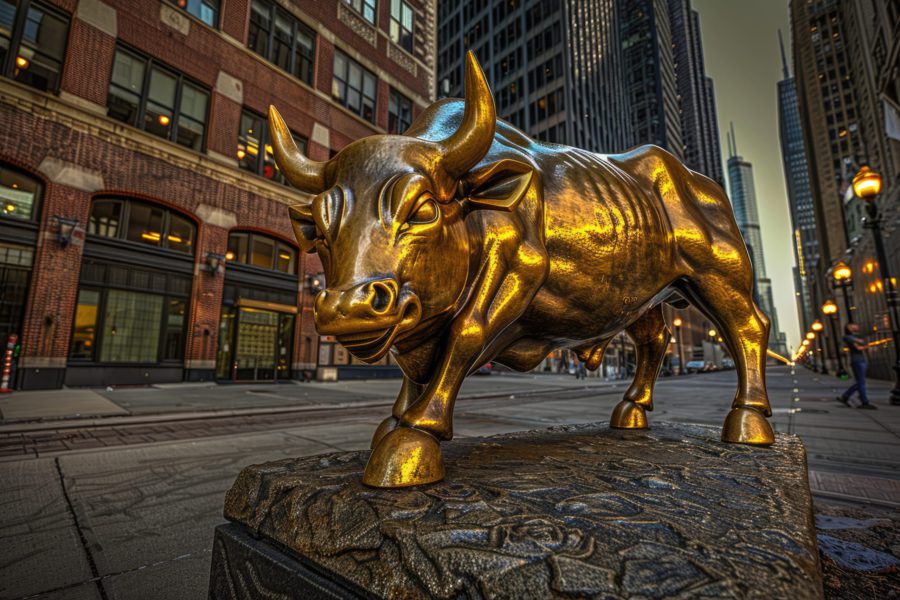BHP, Rio Tinto to fast-track electric haul truck trials

BHP (ASX: BHP) and Rio Tinto (ASX: RIO), the world’s two largest miners, have partnered to accelerate the first trial of Komatsu (TYO: 6301) and Caterpillar (NYSE: CAT) large, battery electric haul truck technology.
The tests, to be run at the companies’ massive iron ore mines in the Pilbara region of Western Australia, will focus on performance and productivity, they said. The plan is part of BHP and Rio Tinto’s larger efforts to lower their operational emissions and reach net zero by 2050.
Caterpillar and Komatsu will each provide two trucks to both mining giants for these trials. BHP will trial the Caterpillar trucks, while Rio Tinto will test the Komatsu trucks.
The CAT 793 trucks’ trails will be begin in the second half of 2024. The two Komatsu 930 haul trucks will be tested from 2026.
“There is no clear path to net zero without zero-emissions haulage, so it’s important that we work together to get there as quickly and efficiently as we can,” Rio Tinto Iron Ore boss, Simon Trott, said in a statement.
“Operational decarbonization relies on breakthroughs in technology and partnerships like this will help drive our industry forward,” BHP’s Australia president, Geraldine Slattery, said separately.
The companies noted they have already achieved reductions in Scope 1 and 2 operational greenhouse gas emissions through switching some of their power supply to renewable sources. “We are looking to build on that progress through development of battery-electric technology to reduce diesel usage across our operations,” Slattery said.
Both miners believe that testing two types of battery-electric haul trucks in Pilbara conditions will provide better data and accelerate learning.
This is not the miners’ first initiative with Caterpillar and Komatsu. In 2021, the four companies joined forces to develop and validate prototype battery-electric haul trucks.
Before that, BHP, Rio Tinto and Vale (NYSE: VALE) launched a program to encourage the development of new concepts for battery-powered large-scale haul trucks.
Rio and BHP have also partnered up with BlueScope Steel, Australia’s largest steelmaker, to try producing “green iron” by 2027.
Diesel consumption in Rio Tinto’s mining equipment and rail fleet was responsible for 12% of its Scope 1 and 2 (those incurred through mining operations and power consumption, respectively) emissions in 2023. Diesel combustion accounted for about 40% of BHP’s Scope 1 and 2 emissions during the 2020 fiscal year.
More News
Fund manager takes new look at platinum stocks as EV sales slow
Coronation, South Africa’s third-biggest private fund manager, is buying stocks in beaten-down platinum miners.
March 17, 2025 | 11:01 am
Congo president meets US lawmaker amid talk of minerals deal
A presidential statement described Ronny Jackson as a "special envoy" for US President Donald Trump.
March 17, 2025 | 10:34 am
Banks that saw $3,000 gold coming are staying bullish for now
Bank of America, Citigroup and Macquarie Group have all been vocal cheerleaders for gold during its breakneck rally.
March 17, 2025 | 09:51 am
{{ commodity.name }}
{{ post.title }}
{{ post.excerpt }}
{{ post.date }}




Comments
Mariana ManuChisilenco
Appreciate the great updated status